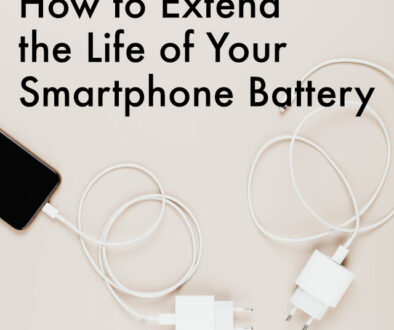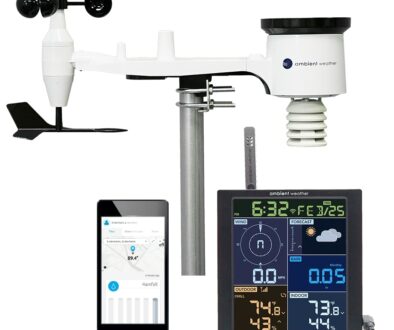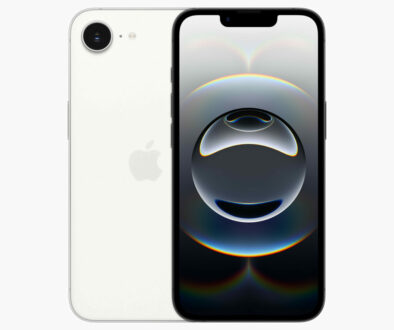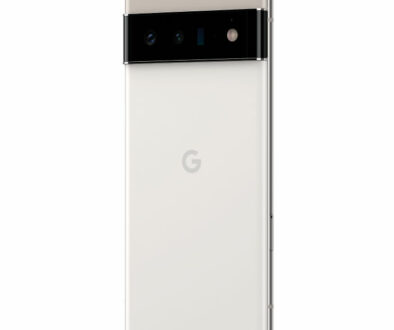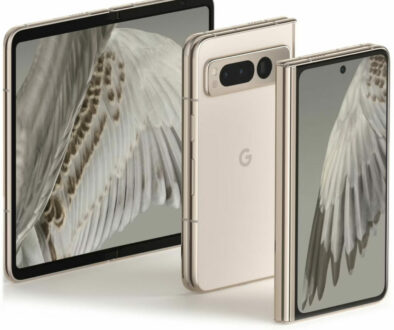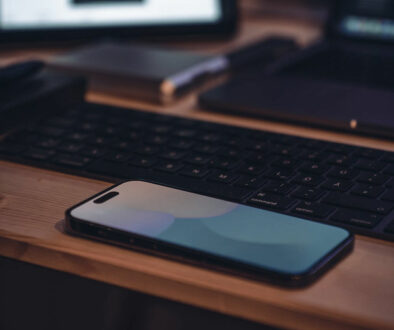Flip or Fold: Are Foldable Phones Finally Worth Buying?
Foldable phones have come a long way since their initial debut, evolving from fragile, experimental devices to high-tech innovations that promise the best of both smartphones and tablets. So are they worth buying now? Would you go for flip or fold? Let’s break it down.
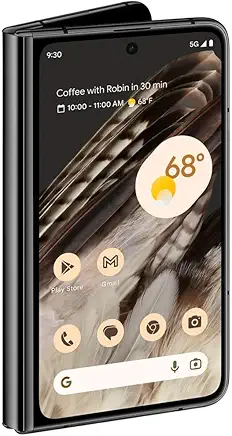
When Samsung introduced the first Galaxy Fold in 2019, the concept was exciting, but early models were plagued by durability concerns, software glitches, and high price tags. Consumers and tech critics alike questioned whether foldable phones were just a gimmick or if they could become a serious contender in the smartphone market.
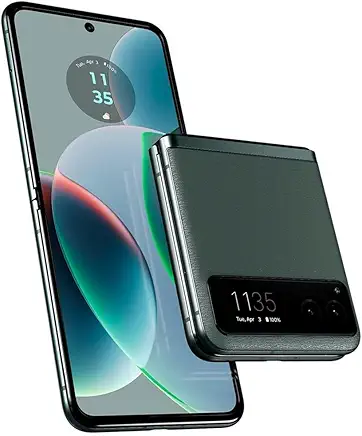
Foldable Phones Today
Fast forward to 2025, and the landscape has changed significantly. With major advancements in hinge technology, screen materials, and software optimisation, foldable phones are more durable, practical, and widely available than ever before. Brands like Samsung, Google, and OnePlus are leading the way, refining designs and improving the overall user experience.
But does this mean foldable phones are finally worth buying? Have they overcome their early drawbacks to become a viable option for everyday users? This article explores the evolution of foldable phones, their current state, and whether they are a smart investment for consumers today.
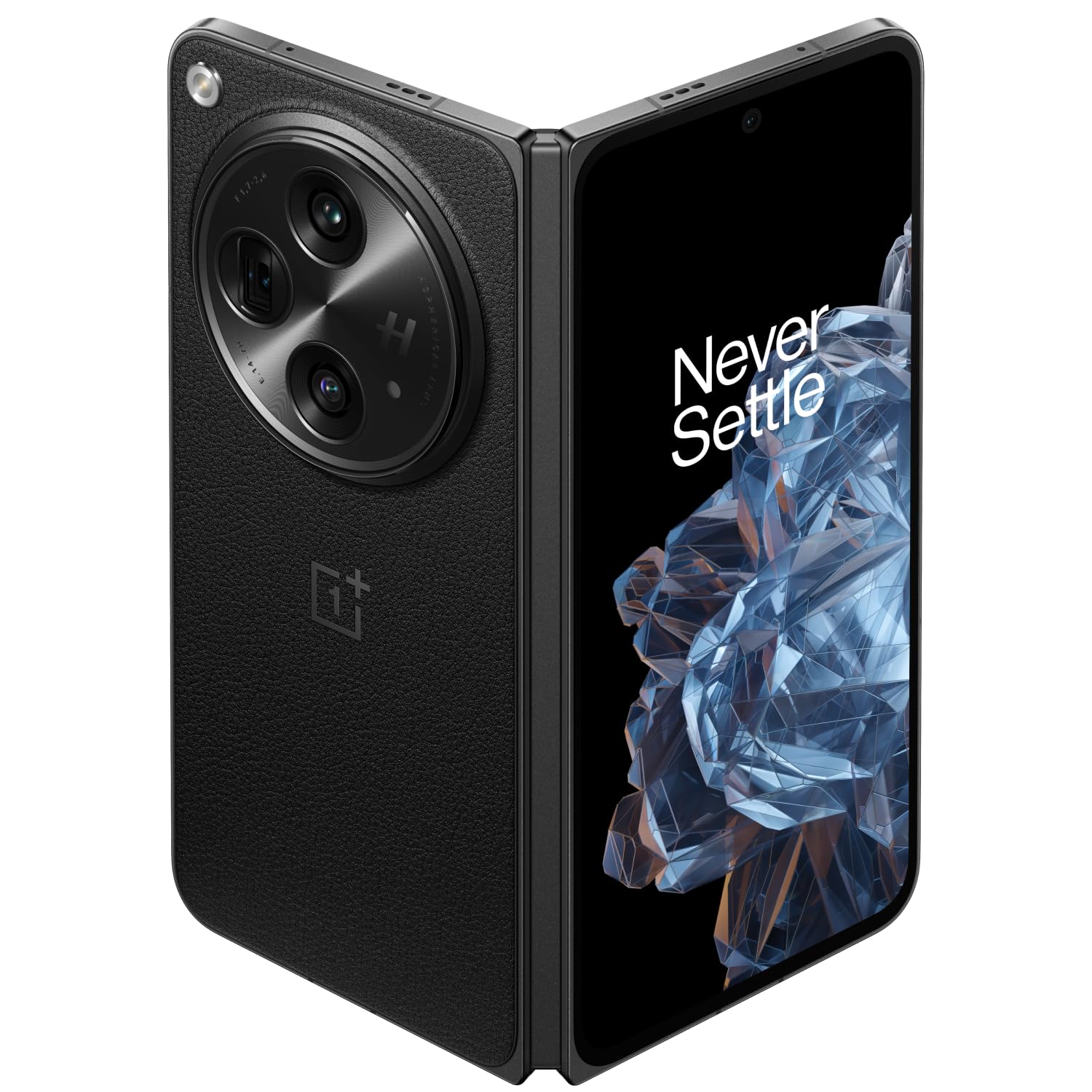
The Evolution of Foldable Phones
The idea of a foldable smartphone has been around for years, but it wasn’t until 2019 that the first commercially available models hit the market. Samsung’s Galaxy Fold and Huawei’s Mate X were groundbreaking in concept but faced immediate issues.
The Galaxy Fold suffered from screen durability problems, with dust and debris getting into the hinge mechanism, while the Mate X had limited availability due to global trade restrictions. These first-generation models were more of a proof of concept than a practical daily device.
Despite the initial setbacks, manufacturers continued to refine foldable technology. The second and third generations introduced stronger ultra-thin glass screens, more reliable hinge designs, and software improvements that made multitasking more intuitive.
Samsung dominated the space with its Z Fold and Z Flip series, while brands like Oppo, Xiaomi, and Google entered the market with their own take on foldable designs.
Today, foldable phones have matured significantly. Screen creases are less visible, hinges are more robust, and software adaptations from Android 12L and later have made multitasking and split-screen usage seamless. Flagship models now boast 120Hz refresh rates, improved battery efficiency, and powerful AI-driven cameras, making foldables a serious competitor to traditional smartphones. While early adopters had to endure compromises, the latest generation of foldables offers a much more polished experience.
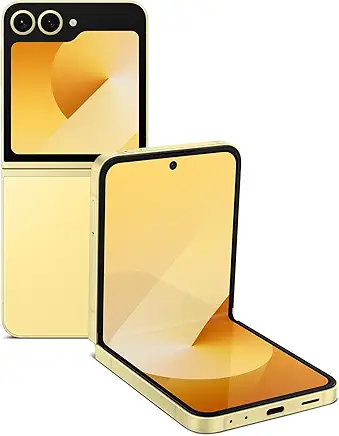
Types of Foldable Phones: Flip vs. Fold
Foldable phones come in two primary designs: flip-style (clamshell) phones and book-style (folding) phones. Each caters to a different type of user, offering unique advantages and trade-offs.
Flip Phones: The Compact Foldable
Flip-style foldables, such as the Samsung Galaxy Z Flip series and Motorola Razr, are inspired by the classic flip phones of the early 2000s. These devices fold vertically, creating a compact form factor that fits easily in a pocket. When unfolded, they resemble a standard smartphone, offering a full-size display with a crease in the middle.
The biggest advantage of flip phones is portability. They provide a large display when needed but remain small and lightweight when closed. Many models now feature larger cover screens, allowing users to check notifications, control music, and even take selfies without opening the phone.
However, flip phones typically have smaller batteries and less advanced cameras compared to their book-style counterparts.
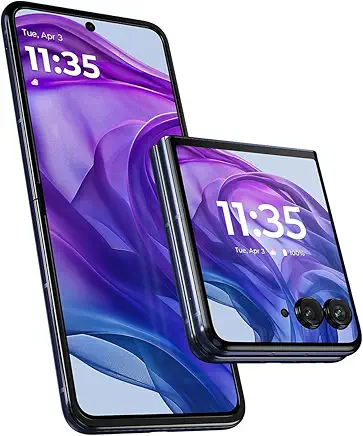
Fold Phones: The Tablet Hybrid
Book-style foldables, such as the Samsung Galaxy Z Fold, Google Pixel Fold, and OnePlus Open, function more like a smartphone-tablet hybrid. They fold horizontally, opening up to reveal a larger, tablet-sized inner screen. These devices are designed for productivity, offering features like multi-window support, stylus compatibility, and expansive displays for media consumption.
The main advantage of book-style foldables is their larger screen real estate, which makes them ideal for gaming, reading, and multitasking. However, they are heavier, more expensive, and less pocket-friendly than flip phones. Additionally, while hinges and displays have improved, some models still have visible creases and long-term durability concerns.
Rollable and Future Designs
Beyond traditional flip and fold designs, companies are experimenting with rollable displays that expand dynamically and tri-fold designs that provide even larger screens. While these concepts are still in development, they hint at an exciting future for foldable technology.
Choosing between a flip and a fold phone depends on personal preferences—whether you prioritize portability and styleor productivity and screen size. With continuous improvements in both categories, foldable phones are no longer just a novelty but a genuine alternative to standard smartphones.
The Benefits of Foldable Phones
Foldable phones offer several advantages that set them apart from traditional smartphones, making them an attractive choice for users who want innovation, flexibility, and enhanced productivity.
Larger Screens in a Compact Form
One of the biggest selling points of foldable phones is the ability to have a large screen without the bulk of a tablet. Flip-style foldables offer the portability of a regular phone while unfolding into a standard-sized display, while book-style foldables transform into small tablets, providing extra space for work, entertainment, and gaming. This hybrid functionality makes them appealing to users who want a more immersive experience without carrying multiple devices.
Innovative User Experience
Foldable phones introduce unique ways to interact with apps and content. Features like split-screen multitasking allow users to run multiple apps side by side, enhancing productivity. Samsung’s Flex Mode and Google’s Fold UI enhancements enable creative ways to use the device, such as turning the phone into a mini laptop with a bottom keyboard section or using one side as a video preview while shooting content.
Premium Build and Advanced Technology
Because they are marketed as flagship devices, foldable phones come equipped with top-tier hardware. High refresh rate displays (often 120Hz or more), powerful processors, and enhanced hinge mechanisms make modern foldables feel smooth and durable. Materials such as Ultra-Thin Glass (UTG) have significantly improved screen resilience compared to earlier plastic displays.
Better Software Optimisation
As foldables have gained popularity, software has caught up to enhance the experience. Google and Samsung have worked closely to improve Android’s adaptability for foldable screens, ensuring that major apps like YouTube, Gmail, and Microsoft Office make full use of the larger display. With Android 12L and later, foldables now feature adaptive layouts that adjust depending on how the phone is folded or unfolded.
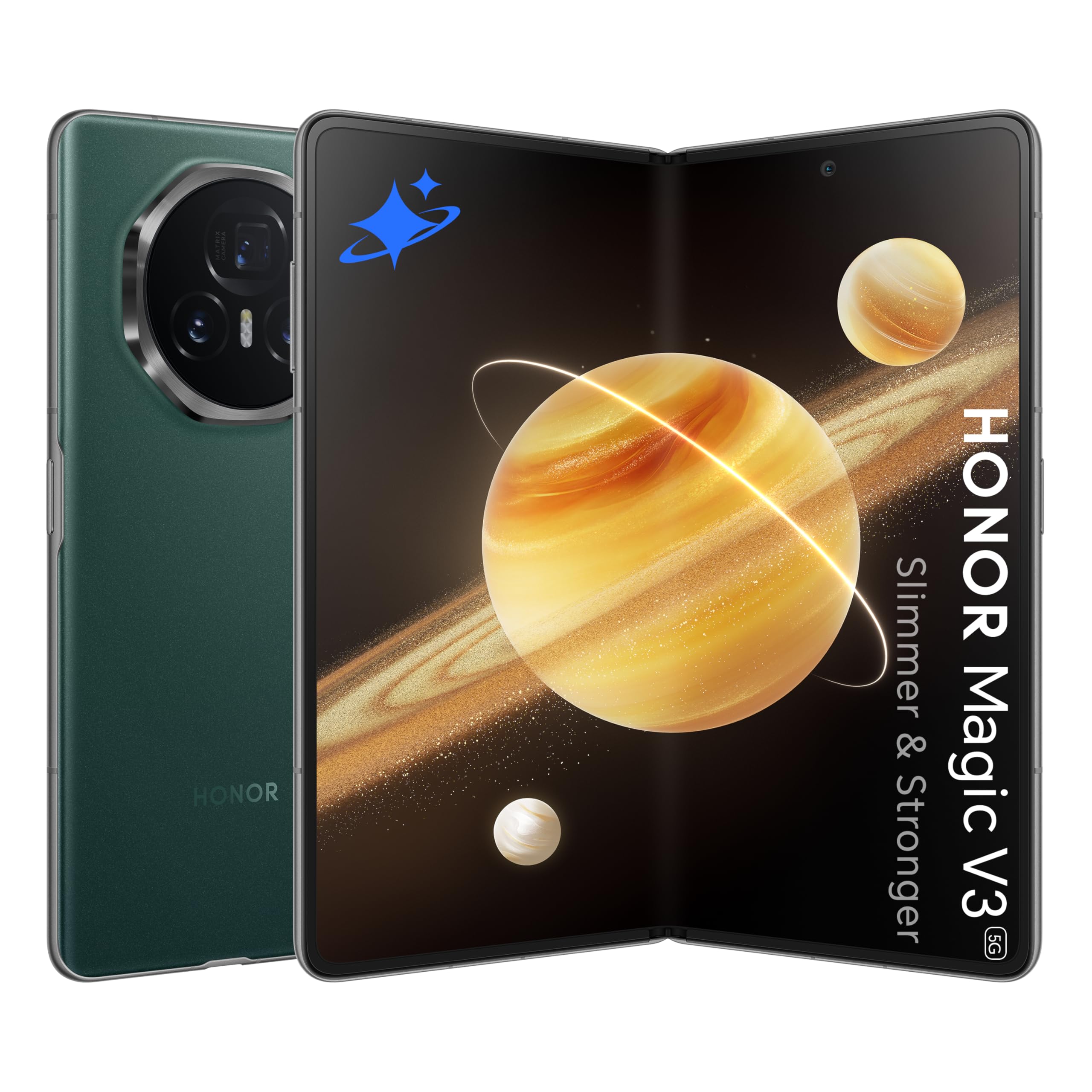
The Downsides and Remaining Challenges
While foldable phones have improved dramatically, they still come with some notable drawbacks that may deter mainstream consumers.
Durability Concerns
Even with advancements in Ultra-Thin Glass (UTG) and hinge design, foldables remain more fragile than traditional slab phones. Over time, repeated folding and unfolding may lead to creased displays or hinge degradation. Dust and water resistance have improved, with Samsung’s recent models featuring IPX8 ratings, but they still lag behind the durability of standard smartphones.
Battery Life and Power Efficiency
Foldable phones typically have larger screens, which consume more power. While manufacturers have improved battery capacity, foldables still don’t match the endurance of similarly priced flagship phones. For example, a Galaxy Z Foldmay struggle to last an entire day with heavy multitasking, compared to a regular Samsung Galaxy S Ultra or iPhone Pro Max. The added weight and size required for larger batteries also make flip-style foldables less power-efficient.
Price Premium
Foldables remain significantly more expensive than standard flagship phones. The latest models often start at $999 for flip phones and $1,799+ for foldable tablets, making them a high-end luxury item. While prices have gradually decreased from earlier models, they are still out of reach for many consumers compared to traditional smartphones that offer similar internal specs at a lower price.
App Compatibility
While software optimisation has improved, some apps still don’t make full use of foldable displays. Certain apps may not adapt well to the larger screen real estate, and some third-party developers have yet to fully integrate their apps into foldable-friendly layouts. This can result in awkward UI experiences where apps don’t resize properly or leave wasted space.
Despite these challenges, foldable phones are becoming more refined, and future generations are expected to address many of these concerns as technology continues to evolve.
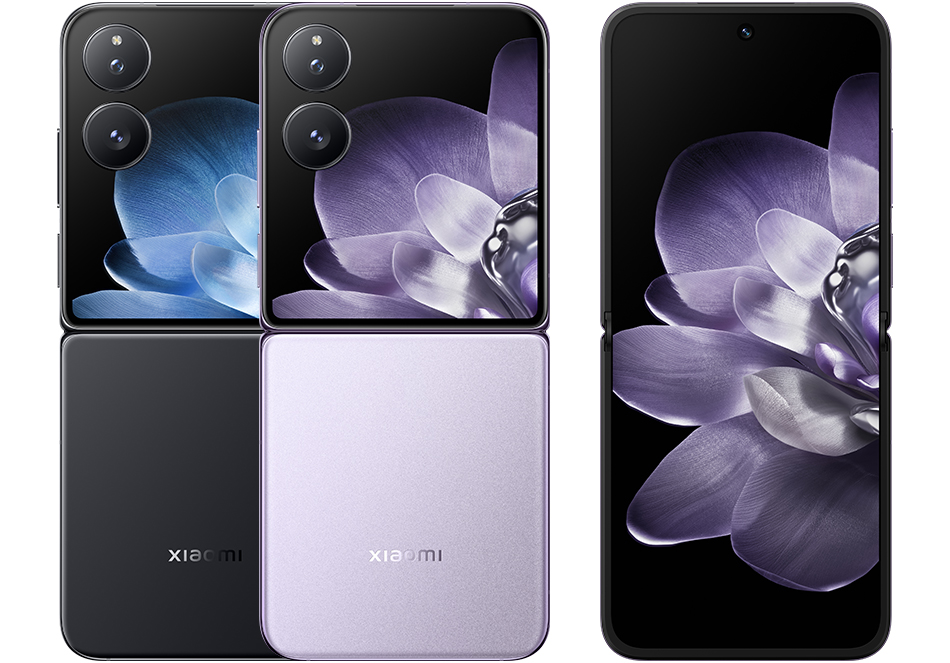
The Best Foldable Phones of 2025
As foldable technology matures, several models stand out as the best options currently available.
Samsung Galaxy Z Fold 6 & Z Flip 6
Samsung remains the leader in foldables, with the Z Fold 6 offering a tablet-like experience with improved hinge durability, a brighter crease-free display, and S Pen support for productivity users. Meanwhile, the Z Flip 6 is a compact, stylish foldable with an upgraded cover screen that allows for more functionality without opening the phone.
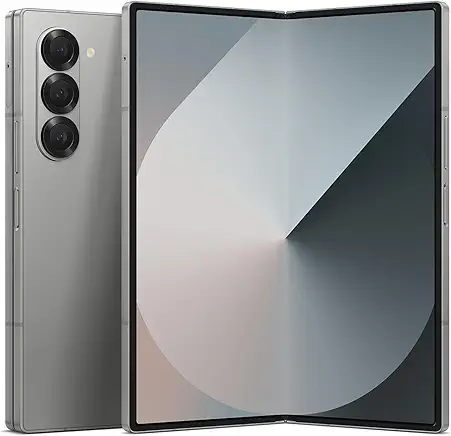
Google Pixel 9 Pro Fold (Successor to Google Pixel Fold)
Google’s most refined foldable phone yet, building on the success of its predecessor, the Pixel Fold. As part of Google’s premium smartphone lineup, the Pixel 9 Pro Fold feature a sleeker, more durable hinge design, reducing the crease while improving overall durability. Powered by the Tensor G4 chipset, it integrates advanced AI-driven enhancements, optimising multitasking, photography, and voice assistance.
With Android 14 tailored for large 8-inch inner screen, the Pixel 9 Pro Fold delivers seamless app transitions, split-screen functionality, and improved stylus support, making it an ideal device for productivity users.
Camera improvements remain a highlight, with Google’s computational photography and AI-powered enhancements. While battery life and weight, concerns in earlier foldables, Google addressed these issues with more efficient power management and a lighter build.
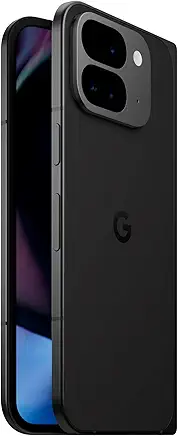
OnePlus Open 2
OnePlus has entered the foldable market with the OnePlus Open series, emphasising premium design, faster charging speeds, and a lighter form factor compared to its competitors. The Open 2 is expected to improve upon its predecessor with a stronger hinge, better multitasking software, and Hasselblad-tuned cameras.
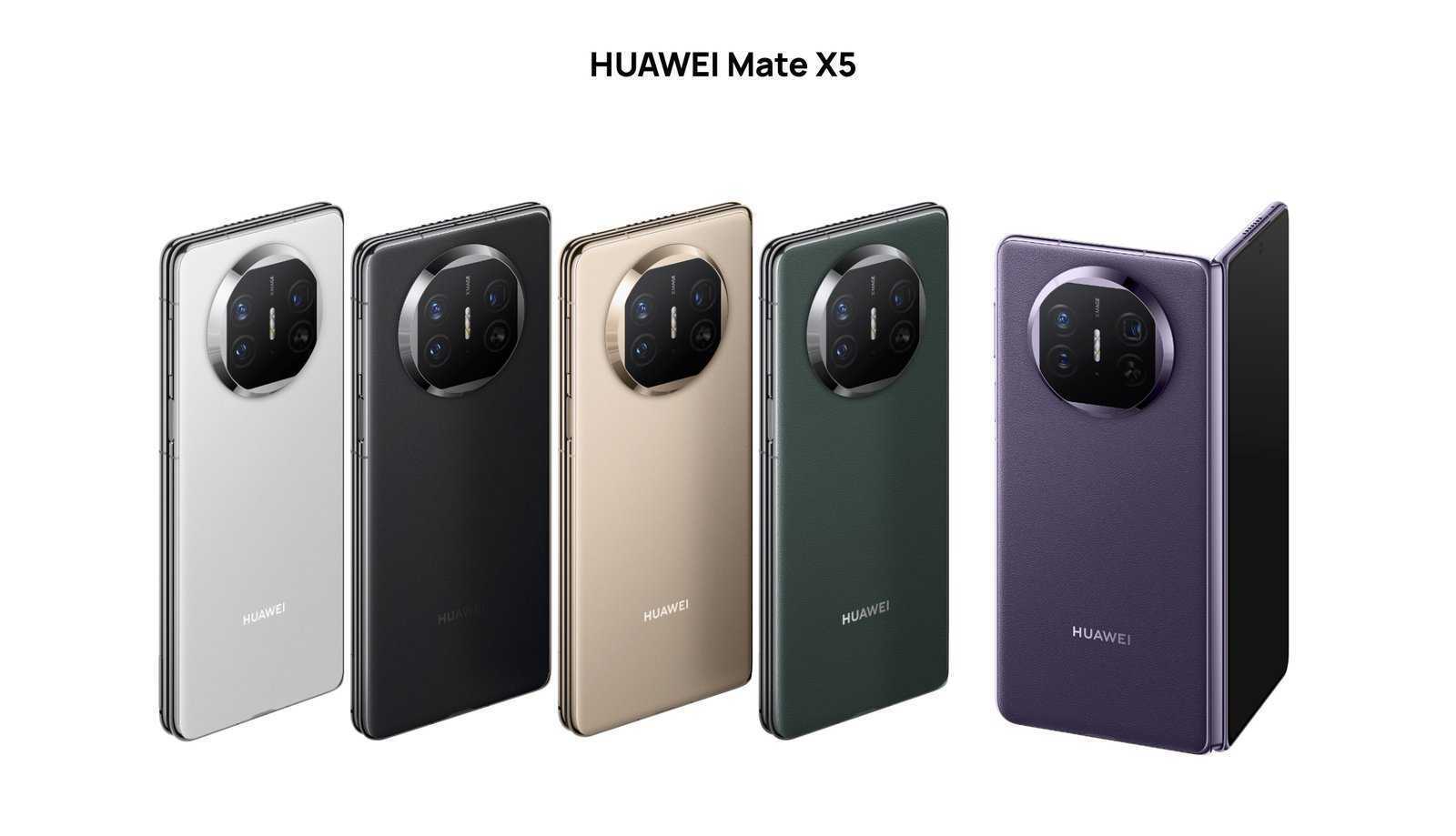
Honorable Mentions
- Huawei Mate X5 (for those outside the U.S., featuring top-tier cameras and a unique outward-folding design).
- Oppo Find N3 (a more compact foldable with a less noticeable crease and powerful cameras).
- Motorola Razr 2025 (continuing to refine the nostalgic flip-phone experience with a bigger cover screen and better battery life).
With multiple brands now competing in the foldable space, consumers have more choices than ever, making it easier to find a model that fits their needs and budget.
Who Should Buy a Foldable Phone?
While foldable phones are becoming more practical, they are still not for everyone. However, for certain users, they can offer significant advantages over traditional smartphones.
Tech Enthusiasts and Early Adopters
If you love having the latest and greatest technology, foldable phones are among the most exciting innovations in the smartphone industry. They offer a unique form factor, futuristic functionality, and exclusive features not found in regular smartphones. For those who enjoy pushing the boundaries of mobile technology, foldables provide an entirely new way to interact with devices.
Business Professionals and Productivity Users
Foldable phones, especially book-style designs, are excellent for productivity. The larger screens allow for multitasking, document editing, and seamless split-screen workflows. Features like S Pen support (on Samsung models), expanded keyboard layouts, and drag-and-drop between apps make them ideal for professionals who need a portable work device.
Casual Users: Are They Practical Yet?
For everyday users, flip-style foldables are more appealing than book-style foldables because they offer a compact design, better durability, and a lower price point. The larger cover screens on modern flip phones make them more useful without needing to unfold them constantly. However, for those who prioritize battery life, durability, and affordability, traditional slab smartphones may still be a better choice.
Gamers and Content Creators
Foldable phones provide a larger and more immersive display for mobile gaming and media consumption. The higher refresh rates, optimized game modes, and bigger screen real estate make them a great choice for gamers who want an edge over traditional smartphones. Content creators can also benefit from flex mode, which allows for hands-free video recording and unique camera angles.
The Future of Foldable Phones
Foldable phones have come a long way, but they still have room for improvement. Several key advancements are expected in the coming years that could make them even more compelling for mainstream users.
Expected Innovations
- Crease-Free Displays: Future models are working towards completely eliminating the screen crease, making foldable displays smoother and more durable.
- Under-Display Cameras: Foldable screens will likely integrate under-display front cameras, providing a seamless, uninterrupted display.
- Stronger Hinge Mechanisms: Continued refinement in hinge durability will improve the longevity and resilienceof foldable devices.
- Graphene Batteries: This next-generation battery technology could offer faster charging, longer battery life, and reduced weight.
Affordability and Mass Adoption
One of the biggest barriers to widespread foldable adoption is price. As production costs decrease and competition increases, foldables will likely become more affordable, making them accessible to a broader audience. Some brands are already working on mid-range foldables, which could bring the technology to more consumers.
Impact on the Smartphone Industry
As foldables become more durable, practical, and cost-effective, they may start to replace traditional smartphonesaltogether. With the rise of hybrid devices that blend phone, tablet, and laptop functionality, the future of mobile technology could shift toward more flexible, adaptable form factors.
How Apple’s Entry Could Change the Market
Apple has not yet released a foldable iPhone, but rumors suggest that the company is working on a foldable device for a potential future release. If Apple enters the foldable market, it could drive mass adoption, better software integration, and an entirely new level of competition. Given Apple’s history of refining existing technology, a foldable iPhone could redefine what consumers expect from this category
Final Thoughts
Foldable phones have evolved significantly from their fragile and experimental beginnings. With improved durability, better software support, and more refined designs, they are now a viable option for a growing number of users. The choice between a flip-style foldable and a book-style foldable depends on whether you prioritize portability or productivity. While foldables still have some challenges, such as battery life, price, and long-term durability, the latest models offer a much better experience than previous generations.
So, are they finally worth buying? For tech enthusiasts, professionals, and those who value innovation, absolutely. If you want a compact yet feature-packed device, a flip phone might be the best choice. If you need a multitasking powerhouse, book-style foldables are excellent for productivity and entertainment. However, for users who prioritize affordability and long-term durability, traditional slab smartphones may still be the better option—at least for now.
As technology advances and prices drop, foldable phones will continue to improve, and we may see them become the new standard for smartphones in the years ahead. Whether or not 2025 is the right time to buy depends on your needs, but one thing is clear—foldables are here to stay.


